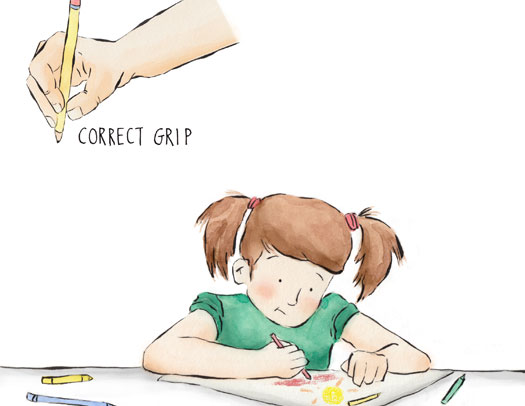Reflexes
THE PALMAR REFLEX - Grasping and Holding On
In infants the Palmar reflex is very active at birth: every parent knows that when their baby’s palm is touched their baby’s fingers curl, grasp and hold on.
This involuntary action begins a sequence of development that starts with the sensory awakening of the brain to the hands and ends with the active movement and dexterity that enables children to hold and interact with all objects around them: one of our most important evolutionary skills.
The Palmar reflex settles in infancy. The thumb is released and the first stages of dexterity begin with the ability to isolate each finger to the thumb in turn. This finger isolation means children can begin to learn to use their hands as an essential tool in daily skills like eating, pointing, colouring, and managing buttons for example.
The settling of this reflex is only the beginning of the journey a child takes to develop all the complex skills associated with the human hand. When children experience difficulty establishing a pencil grasp, a dominant hand and the ability to write their ideas down on paper, it is possible that the movement skills associated with finger isolation and control and stability in the hand are immature due to retention of the Palmar reflex.
Understanding and establishing these early skills in the hand is an important initial step in creating equal communication between the two sides of the body and the brain itself.
Sensory awareness of the hands helps the brain know where the hands are without having to look at them (proprioceptive awareness). This helps establish automatic control for arm movements.
The hands do not work in isolation from the rest of the body. Any weakness in the co-ordination of the hands will affect the precise functioning of the shoulders, head position and posture, especially when doing writing and learning activities.

A persistent Palmar Reflex may lead to:
- Weakness in hand strength.
- Immature use of the two hands together.
- Difficulty isolating each finger in turn.
- Reduced hand eye co- ordination.
- Delay in establishing early pen and paper skills.
- Little or no interest in colouring, drawing or cutting.
- Immature pencil grip affecting handwriting.
- Difficulty with spelling and writing.
Copyright © 2025 | Privacy Policy


